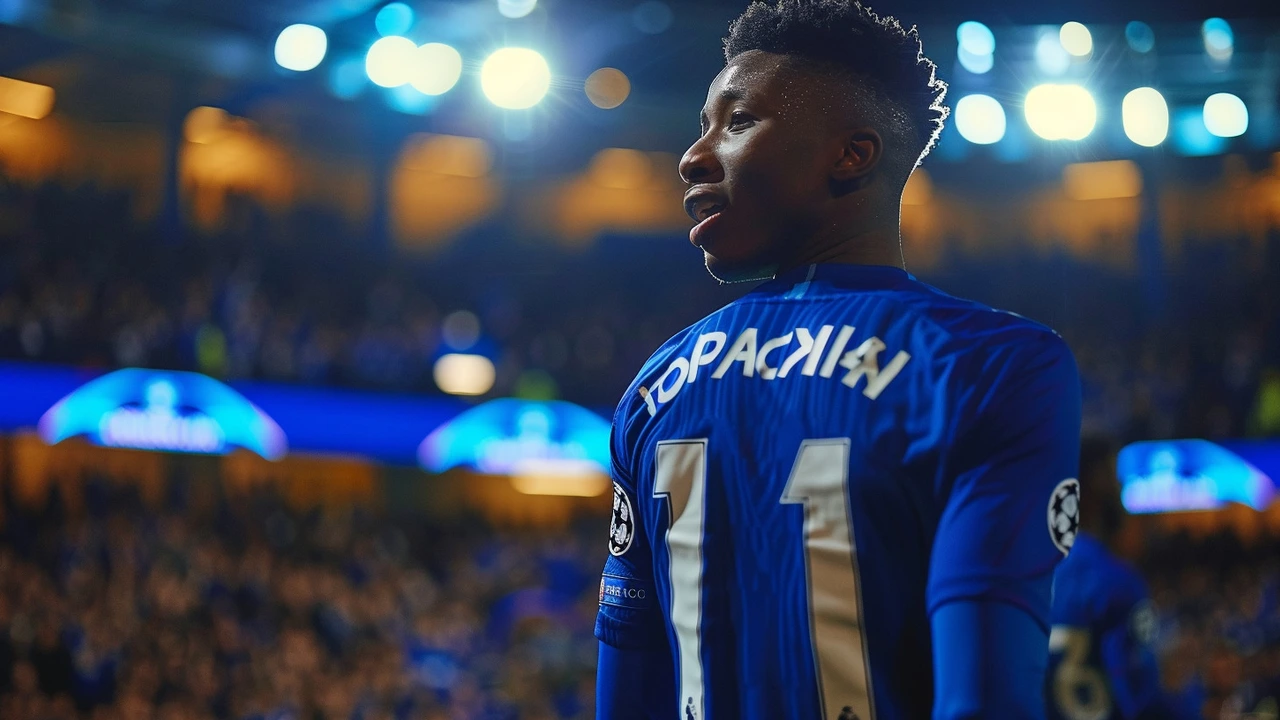
Introduction to the Football Transfer Window
The football transfer window is always a period filled with excitement and anticipation among fans and clubs alike. The recent transactions have seen some significant moves as teams look to bolster their squads for the upcoming season. At the heart of this period's news is Aston Villa's strategic acquisition of Kelechi Iheanacho and Gabriel Jesus from Arsenal, which signifies a major overhaul for the club's attacking options.
Key Transfers in the Premier League
Aston Villa's strategic moves to strengthen their squad involved acquiring two important players from Arsenal. Kelechi Iheanacho, known for his sharp shooting skills and versatility in attack, and Gabriel Jesus, whose agility and ability to navigate through tight defenses have earned him numerous plaudits, are now set to sport Aston Villa's colors. This decision marks a significant investment in the club’s frontline, aiming to increase their competitive edge in the league.
Meanwhile, Chelsea has also been active in the transfer market. The club has shown interest in Arsenal’s goalkeeper, Wojciech Szczesny, and has finalized the signing of Tosin Adarabioyo from Fulham. These moves are part of Chelsea’s broader strategy to solidify their defensive lineup while also adding depth to their squad.
International Interests and Transfers
Barcelona's interest in Bernardo Silva highlights the international scope of the transfer market. Silva, who has been instrumental in Manchester City’s midfield, is known for his creative prowess and technical skills, making him a valuable asset for any team. Barcelona’s approach indicates their intent to inject more creativity into their midfield, a key area they look to strengthen in their pursuit of domestic and European success.
Further engaging the international scene, Inter Miami has secured a deal with Angel di Maria from Benfica. This transfer underscores the growing appeal of the MLS as a destination for renowned international players seeking new challenges and markets.
Additional Transfer Movements
Brighton has also been proactive, securing the services of Jota Silva from Vitoria de Guimaraes. Brighton's acquisition of Silva is expected to enhance their attacking options, providing more versatility and depth on the flanks. On the other hand, Leicester City has added Callum O'Hare from Coventry City to their ranks, a move that aims to bolster their midfield creativity.
Celtic has not been left behind in enhancing their squad; they have signed goalkeeper Viljami Sinisalo from Aston Villa. This transfer is part of Celtic's strategy to solidify their goalkeeping department, ensuring that they have reliable options between the sticks.
Overview and Impact of Recent Transfers
These transfers not only signify a change in roster for the clubs involved but also impact the dynamics of the leagues they play in. Each transfer has strategic implications, whether it's strengthening a particular squad area, adding depth, or introducing new skills to the team. The ripple effects of these transfers will be felt throughout the season as clubs integrate their new signings into their tactical setups.
For fans, the transfer window provides a glimpse into the clubs' future direction and ambitions, showing how teams shape their strategies based on the players they recruit. It is a time of hope and anticipation, as new signings bring promise and potential success.
The football transfer market remains an integral part of the sport, reflecting the ongoing evolution of football teams and the continuous search for the perfect blend of talent and teamwork. As always, the impact of these moves will be closely watched with keen interest by fans and analysts alike.

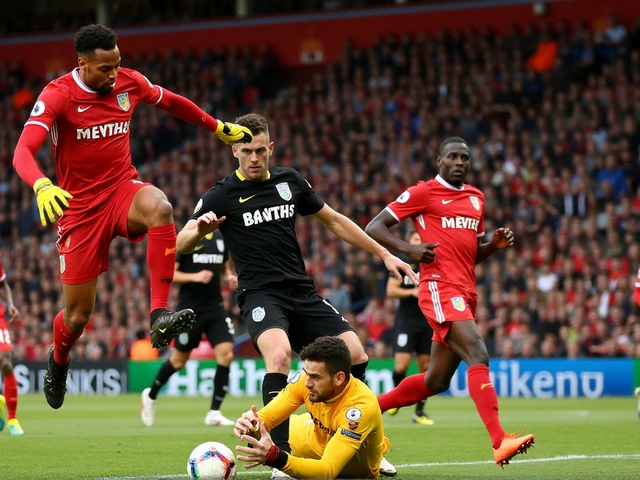
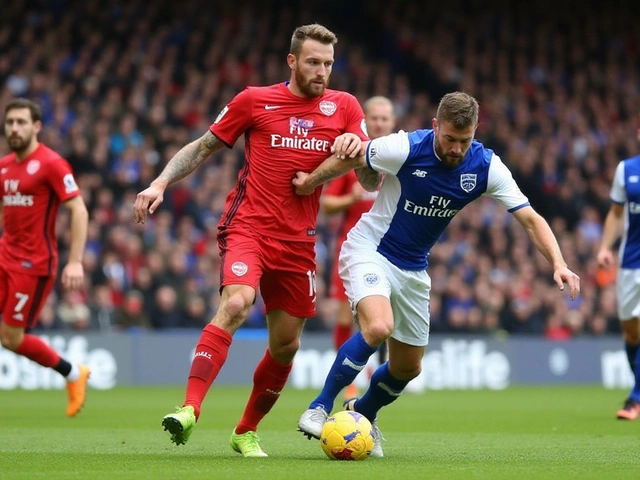
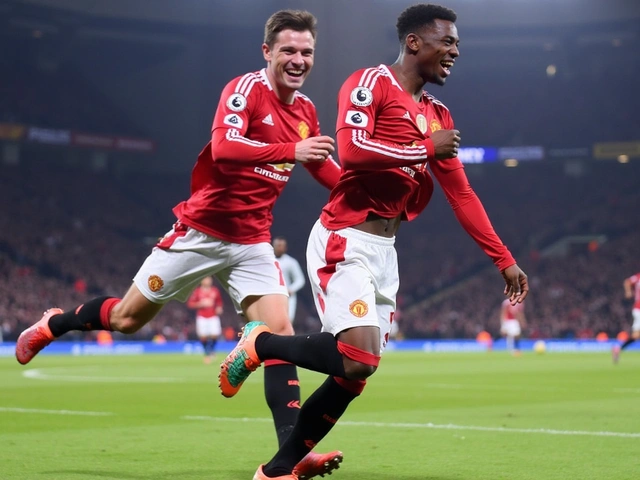
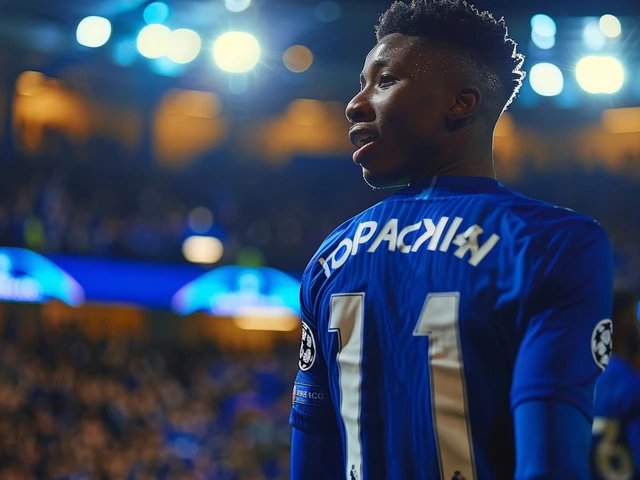

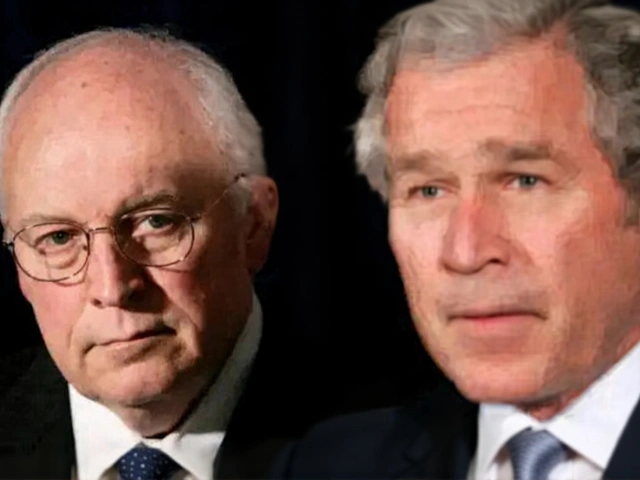



The Villa board’s decision to snap up Iheanacho and Jesus shows they’re not afraid to splash cash on proven Premier League talent. It’s a clear signal that they want to challenge the top six, and the blend of experience and flair should give their attack a fresh spark. Fans will appreciate the immediate impact, especially with both players accustomed to the league’s pace. The move also frees up Arsenal’s wage bill, which could be redirected elsewhere.
Wow, the market is practically on fire this window! Aston Villa’s double‑header from Arsenal is a masterstroke, injecting creativity and goal‑poise into their front line. Meanwhile, Barcelona eyeing Silva? That’s the kind of strategic poaching that could redefine their midfield dynamism. The synergy between Silva’s vision and City’s high‑press ethos makes this a tantalising prospect. And let’s not forget the ripple effects on rival clubs scrambling to keep up – the transfer circus has never looked this electrifying!
These signings look like a desperate grab for fame rather than a smart tactical plan. Villa would be better off developing youth.
Is anyone else seeing the hidden agenda behind every so‑called "transfer"?!? The elite media conglomerates are orchestrating a global narrative to distract us from the real power shifts happening behind the scenes!!! Arsenal’s cash flow is being funneled into offshore accounts, and these “big‑money” moves are just a smokescreen!!!
From a philosophical standpoint, each transfer acts as a micro‑experiment in the larger ecosystem of football. When Villa acquires two forwards, they’re not merely swapping jerseys; they’re reshaping the tactical fabric of the league. It raises questions about identity, ambition, and the ever‑shifting balance of power. I’m curious how the influx of talent will influence the collective consciousness of the fans and the club’s ethos over the season.
Indeed, the strategic intent behind these acquisitions warrants a measured analysis. While the financial outlay appears substantial, the projected increase in goal productivity may justify the expense. Moreover, the integration of seasoned internationals could foster mentorship opportunities for emerging academy prospects. It remains essential, however, to monitor squad cohesion as the season progresses.
The grammar and syntax of the official statements are flawless, which reflects well on the club’s communication team. Still, the real test lies on the pitch where precision matters more than phrasing. Collaboration between the new forwards and existing midfield will be key.
Let us delve deeply into the labyrinthine consequences of these high‑profile transactions, for they are not mere footnotes in a seasonal ledger but pivotal chapters in the saga of modern football. The acquisition of Iheanacho and Gabriel Jesus by Aston Villa constitutes a bold narrative shift, one that reverberates through tactical paradigms and fan expectations alike. First, the dual signing injects a plethora of experience, granting Villa a versatile attacking palette capable of both poaching and intricate link‑up play. Second, it challenges the status quo in the Premier League hierarchy, signaling to traditional powerhouses that ambition knows no bounds. Third, the financial implications are profound; the capital outlay raises questions about fiscal sustainability amidst ever‑tightening UEFA Financial Fair Play regulations. Fourth, these moves may inadvertently catalyze a domino effect, prompting rival clubs to accelerate their own recruitment drives in a bid to maintain competitive equilibrium. Fifth, the psychological impact on the squad cannot be understated-new high‑caliber talent often elevates training intensity, fostering a culture of relentless improvement. Sixth, supporters are likely to experience a resurgence of optimism, a crucial factor in the intangible realm of home‑ground advantage. Seventh, the integration process will test the managerial acumen of Villa’s coaching staff, who must harmonize disparate playing styles into a coherent system. Eighth, the media narrative surrounding such deals will shape public perception, potentially influencing future sponsorship opportunities. Ninth, there lies a latent risk of over‑reliance on marquee signings, which could marginalise home‑grown prospects if not managed judiciously. Tenth, the broader transfer market may feel the tremor, with clubs reassessing valuations of similar players. Eleventh, the tactical flexibility afforded by these forwards could empower Villa to adopt multiple formations, from a classic 4‑3‑3 to a dynamic 3‑5‑2. Twelfth, the presence of seasoned internationals may serve as a mentorship conduit for younger academy graduates, accelerating their developmental curve. Thirteenth, these transfers underscore a strategic pivot toward a more attack‑oriented philosophy, aligning with contemporary trends across European football. Fourteenth, the resale value of such players in future windows will be a pivotal consideration for long‑term financial planning. Finally, the ultimate litmus test will be observable on the pitch: will Villa translate this considerable investment into tangible results, or will the spectacle remain confined to press releases and speculative punditry?
What a bizarre transfer saga!
The drama surrounding Silva’s potential Barcelona move is a spectacle worthy of a prime‑time thriller. While the Catalans yearn for that creative spark, City’s strategic depth may make the decision tougher than it appears. Regardless, this saga adds an electrifying layer to an already sizzling window, and fans worldwide will be watching every development with bated breath.